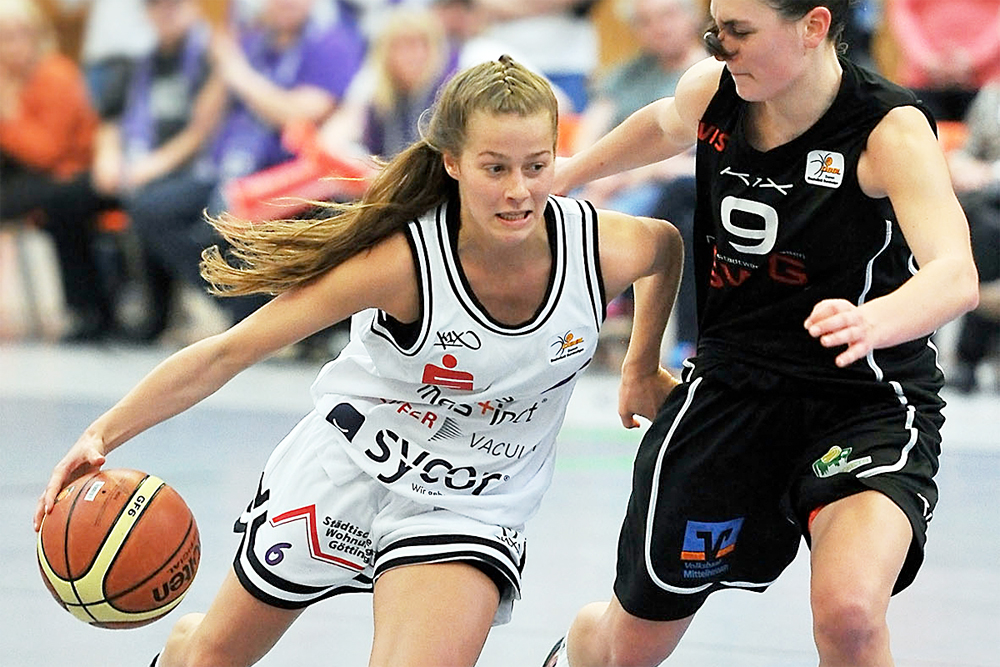Deep in the basement of the Electrical and Computer Engineering Department in the Fourth Avenue Building lies a virtual treasure trove of robotic oddities. There are full-sized mannequins, boxes of costumes from around the world, detachable faces, circuit boards and robots of all shapes and sizes. The basement is the headquarters of “Robot Theatre,” a brainchild of Portland State electrical engineering professor Marek Perkowski.
Learning with robots
Deep in the basement of the Electrical and Computer Engineering Department in the Fourth Avenue Building lies a virtual treasure trove of robotic oddities.
There are full-sized mannequins, boxes of costumes from around the world, detachable faces, circuit boards and robots of all shapes and sizes.
The basement is the headquarters of “Robot Theatre,” a brainchild of Portland State electrical engineering professor Marek Perkowski.
While working in South Korea, Perkowski started building robots for theatrical productions and has since brought his mixture of art and science to this university.
A play featuring robotic versions of Albert Einstein, Niels Bohr, Isaac Newton and Schr퀌_dinger’s cat–who all speak on different scientific theories–is being prepared for mid-summer. The project is being developed with help from local high school students who come to PSU and spend their weekends figuring out how to set up robot mouths to move like they are actually speaking.
The robots are programmed to converse with one another and answer questions from the audience based on keyword recognition. One of the students who helps with the theater, Sidharth Dhawan, is the creator of the Einstein robot. He started working on it last June and wrote the script for a scene featuring Einstein and Schr퀌_dinger’s cat.
Although the robotics may sound like something out of Disneyland, the Robot Theatre was created to do more than just entertain.
One aspect of Robot Theatre is its goal to help autistic children recognize and learn human emotions.
“They can exaggerate human expressions and get a feel for what they are trying to convey by mimicking and repeating [the robot’s] words and gestures,” Dhawan said.
Still a work-in-progress, Robot Theatre is seen by its creators as a sort of technological therapy that is a lot simpler for people with certain disabilities to understand than some human interactions, which can be complicated, subtle and unpredictable.
Working with The AuRoRA Project, a research group that works to help autistic children develop and increase their social interaction and communication skills with the help of robots, has made this goal more attainable.
In addition to working with The AuRoRA Project, Perkowski has just received a $5,000 grant from The Mentor Foundation to keep the project going. He said he believes Robot Theatre is a fun way for young people to learn complex scientific theories with a creative flair and is looking for more students, including PSU students, to help with the theatrical presentation portion of the project.
Another involved student, Arushi Raghuvanshi, who previously traveled to Norway for her science fair projects, recorded herself for the voice of Schr퀌_dinger’s cat. She also developed a genetic algorithm to help her robot display human emotions.
Robotics is usually the work of graduate students, Raghuvanshi said. She cannot learn about this type of science at school and thus searched for Dr. Perkowski’s help.
Perkowski will return to Korea in November, hopefully with his students and their robots, as a special guest speaker on robotic theater.
“Like animation, I think the same will happen with Robot Theatre. It will catch on,” he said. “I hope to be a pioneer.”




